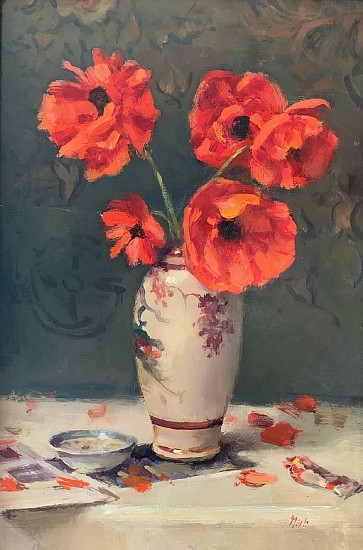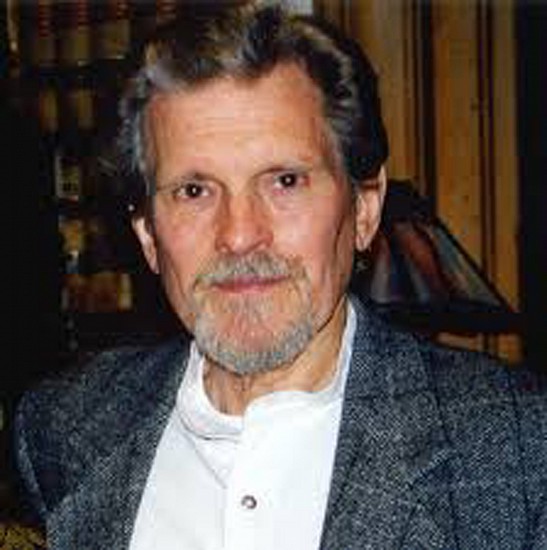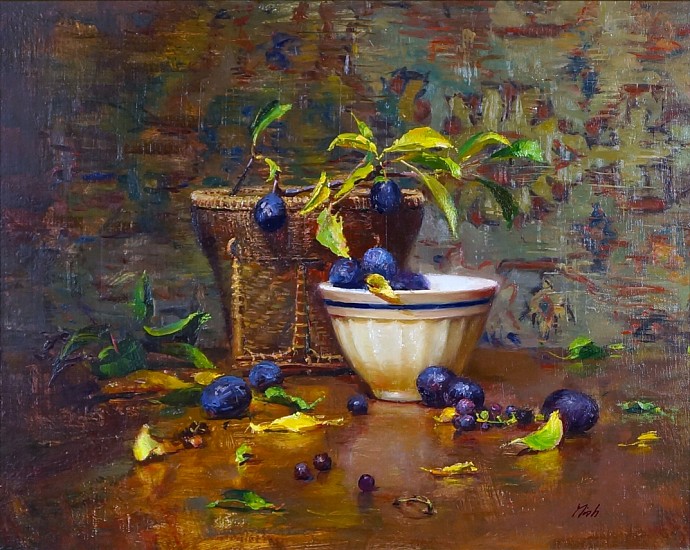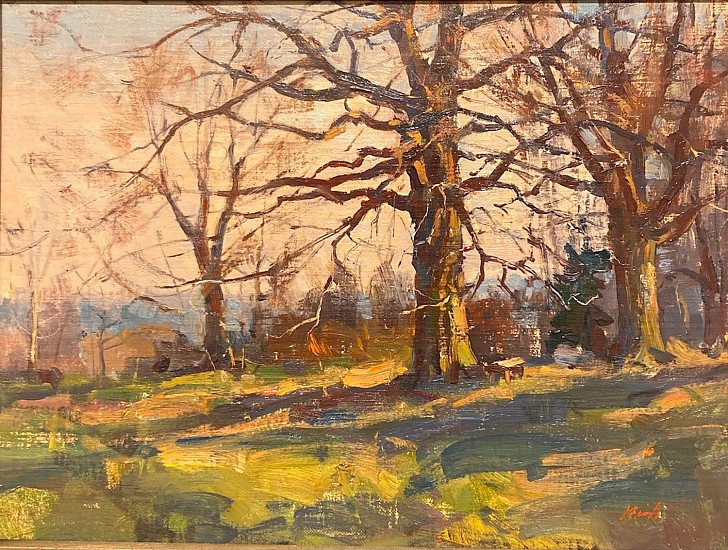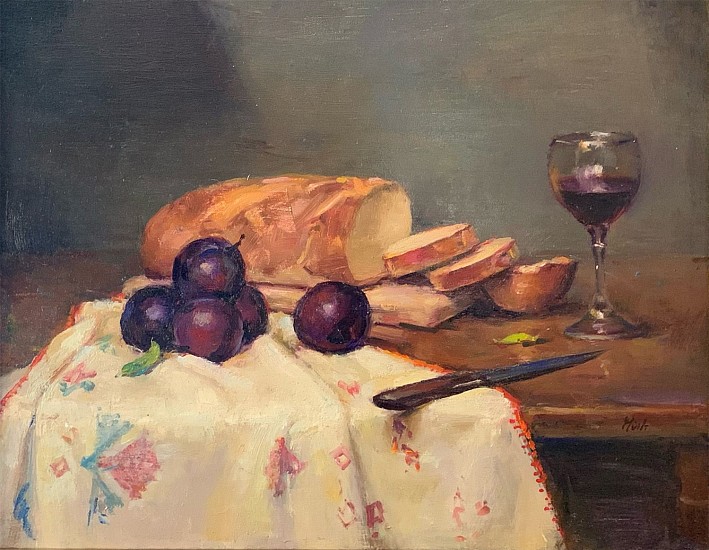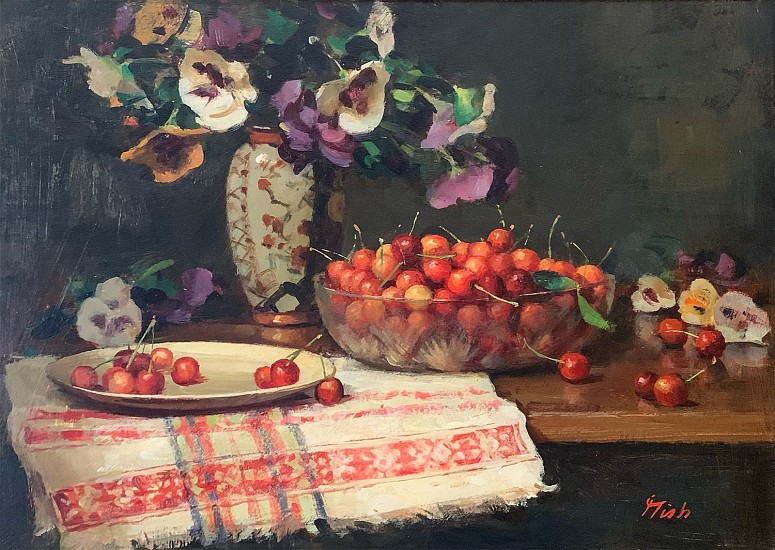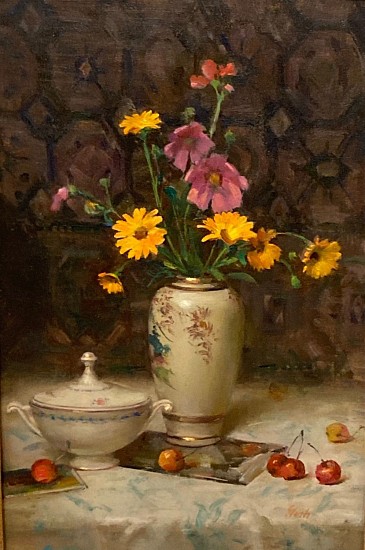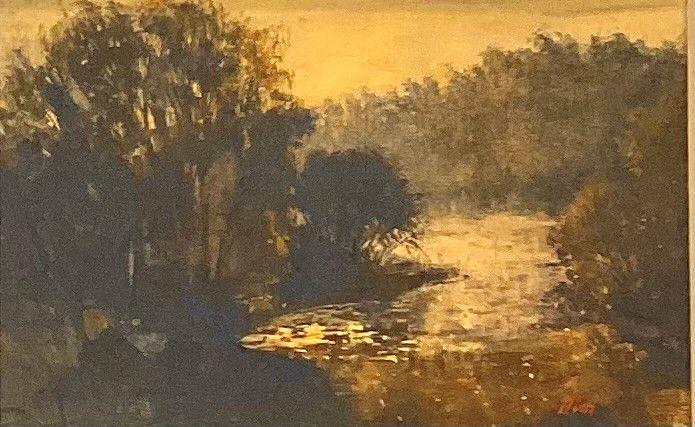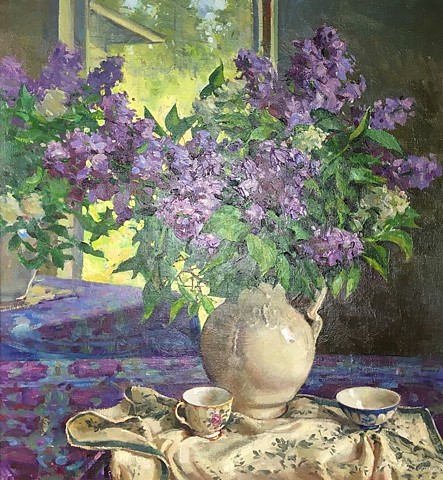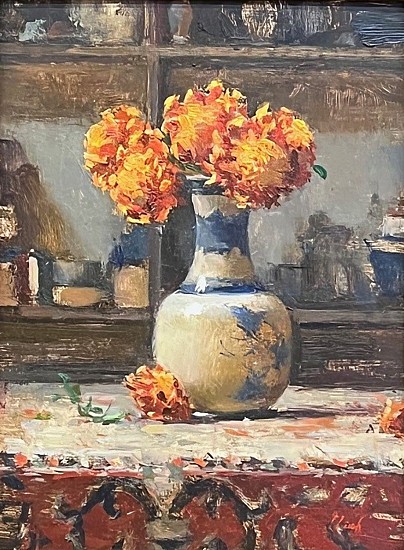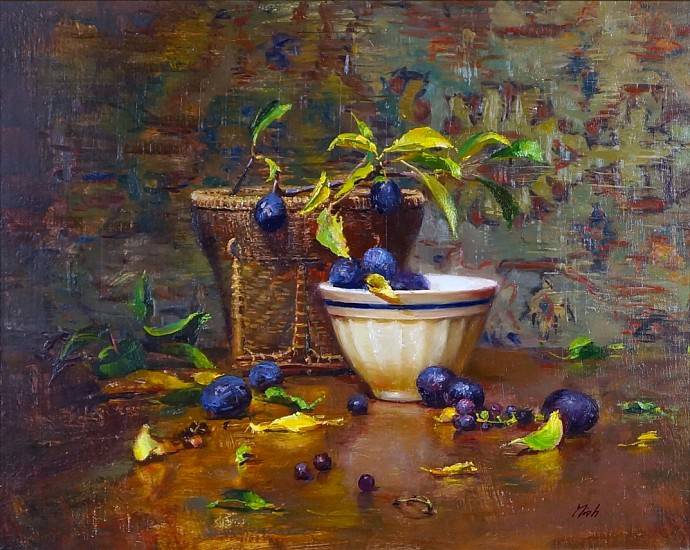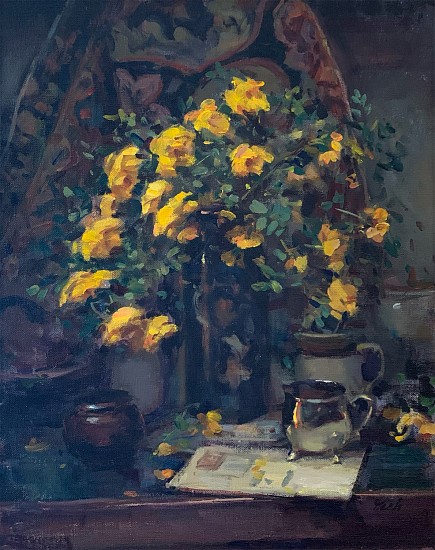Del Gish
Del Gish
“When one can work without being aware of the work itself, good things often happen.†- Del Gish With over 60 years of painting under his belt, instructor, philosopher and accomplished artist Del Gish lives a rich life. Gish, a modern-day master well-known for his realistic still lifes, landscapes and portraits was born in rural Oklahoma, the son of two professors. He received his master of fine arts degree from the University of Idaho after an undergraduate degree in philosophy from Northwest Nazarene University. He studied with Russian American master Sergei Bongart and helped organize the well-received Bongart workshops in southern Idaho. He furthered his studies at The Art Students League in New York under notable painters David Leffel, Harvey Dinnerstein, Burton Silverman and Nelson Shanks. Gish’s work is in public and private collections, including the Art Students League in New York City, the Seattle Art Museum, the Frye Art Museum, and the SAFECO collection. People the artist has encountered while traveling in Belize, India, Russia, and Rwanda serve as radiant subjects for his portraits. Fascinated by the difference in customs and cultures, Gish depicts stories of their everyday life in his work. “I have often felt that we in the United States are sheltered to some extent from the struggle for survival that other people in other places deal with on a daily basis,†says the artist. Today, Gish and his wife Marge spend quiet days in the solitude of their garden at their home in Medical Lake, Washington. Fruits of their labor, including flowers, ripe fruits and vegetables, become subjects of Gish’s still lifes, as the artist continues to practice and perfect a traditional approach to painting through intense observation and studio discipline. ARTIST STATEMENT “I think that above all else students should be making an effort to paint what they see, to put a lot of effort into just seeing, and to master the fundamentals. Expression can be put off till later. Learning to handle paint, to draw, to render correct value and color relationships is of primary importance for students. A teacher can help with these basic things but one must be completely independent when he makes a personal expression. What a person feels inside himself, what he wants to express, is really none of the teacher’s business...†-Del Gish













Site by Artsystems

